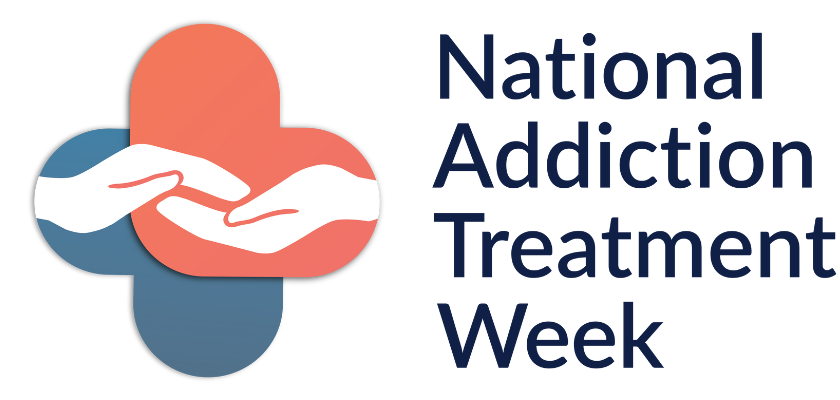News
ASAM Releases New Guidance to Improve Substance Use Disorder Treatment for Nonabstinent Patients to Bridge Treatment Gap
Developed in response to ongoing low rates of treatment participation, the guidance includes actionable strategies that treatment centers can deploy to reach and retain nonabstinent patients with substance use disorders (SUDs)
Rockville, MD (Oct. 24, 2024) – The American Society of Addiction Medicine (ASAM) today released new guidance to empower substance use disorder (SUD) treatment programs to more effectively engage and retain nonabstinent patients in care. The strategies outlined within the document, Engagement and Retention of Nonabstinent Patients in Substance Use Treatment: Clinical Consideration for Addiction Treatment Providers, aim to bridge the ongoing treatment gap between reaching and retaining patients with SUDs. The guidance, which was developed with funding from the California Department of Health Care Services, also helps treatment programs reach at-risk patients with SUDs who are not actively receiving care and prevent those who begin treatment from disengaging.
In 2022, 85% of patients with SUDs went untreated, driven in part by abstinence requirements that may dissuade individuals from initiating care or result in their premature discharge from a program. Retention of patients also remains a challenge. For example, more than half of patients who initiate buprenorphine for the treatment of opioid use disorder (OUD) discontinue their treatment within just three months.
To improve the quality of care for this patient population, ASAM’s new guidance provides programs with support to address the complexities of patient nonabstinence during treatment, reduce administrative discharges, and implement strategies focused on lowering treatment barriers to improve engagement and retention of nonabstinent patients within the continuum of care.
“The vast majority of patients with SUDs are not receiving necessary care,” said Gary Tsai, MD, ASAM member and co-author of the guidance document. “That’s a glaring sign that the addiction medicine community must rethink how we approach treatment, including how we engage with and support nonabstinent patients. Treatment programs that incorporate these strategies will be in a better position to effectively care for this at-risk patient population and help close the persistent treatment gap.”
The document contains ten patient-centered strategies to optimize care and engagement, including guidance for cultivating a nonjudgmental and welcoming treatment environment, reengaging individuals who are discharged from care, building connections to people with SUDs who are not currently seeking treatment, and more. The authors also include examples of nonabstinence-based treatment goals for patients, such as improving family relationships, finding satisfying employment, and reducing overdose risk, among others.
“Recurrence of substance use is a common symptom of addiction that should be addressed as part of a patient’s treatment plan. Unfortunately, it often becomes a barrier that prevents them from getting the care they need,” said Brian Hurley, MD, president of ASAM. “With this guidance, programs have the opportunity to dismantle these barriers and make a meaningful impact on the lives of patients, regardless of what stage they are at in their journey to overcome addiction.”
The guidance also outlines federal and state policy considerations that can aid treatment programs’ efforts to improve patient engagement and retention. Policymakers can improve patient care by reassessing existing policies and ensuring SUD treatment centers can deploy the strategies outlined within ASAM’s guidance. Potential policy solutions include reevaluating how to reimburse clinicians appropriately for their efforts to reengage and retain patients, as well as identifying ways to streamline intake requirements to reduce barriers for first-time patients.
Engagement and Retention of Nonabstinent Patients in Substance Use Treatment: Clinical Consideration for Addiction Treatment Providers was developed by an expert committee of ASAM members and addiction medicine specialists. More details about the document can be found here.
###
About the American Society of Addiction Medicine
The American Society of Addiction Medicine (ASAM), founded in 1954, is a professional medical society representing over 7,000 physicians, clinicians, and associated professionals in the field of addiction medicine. ASAM is dedicated to increasing access to and improving the quality of addiction treatment, educating physicians and the public, supporting research and prevention, and promoting the appropriate role of physicians in the care of patients with addiction. For more information, visit www.ASAM.org.



